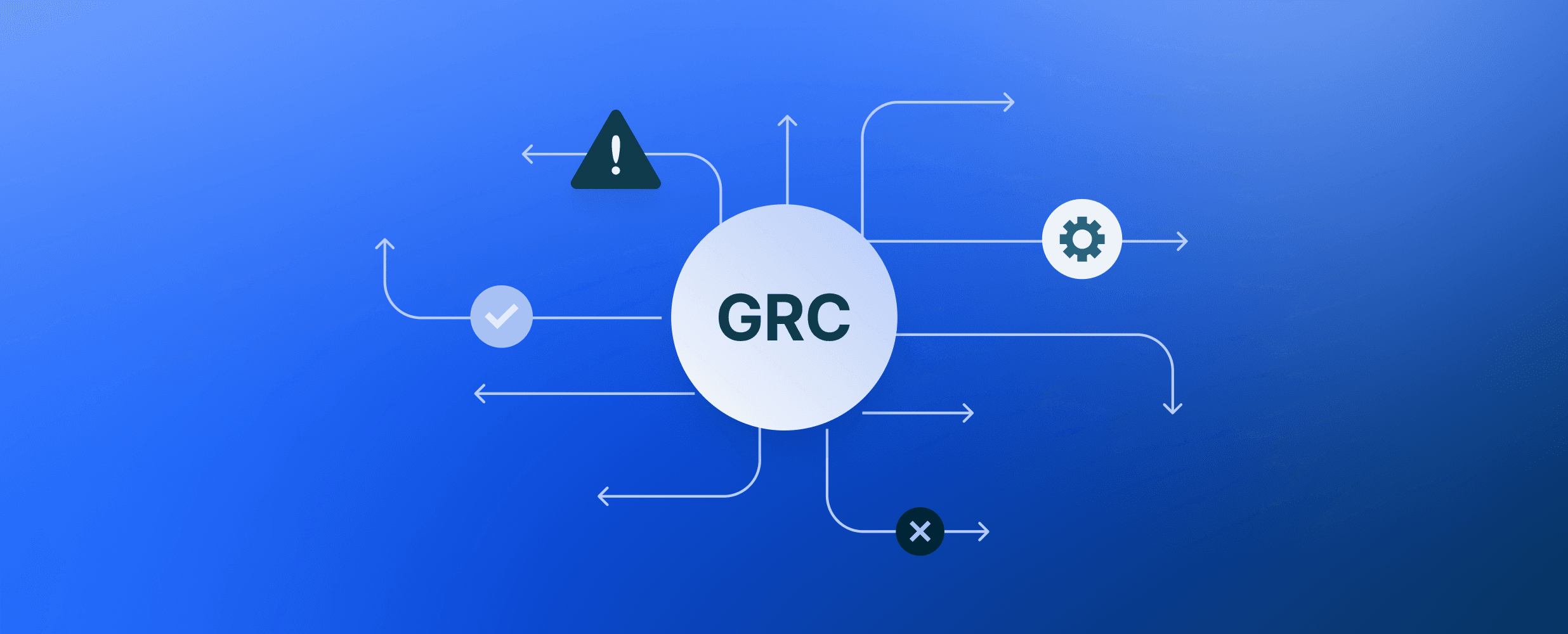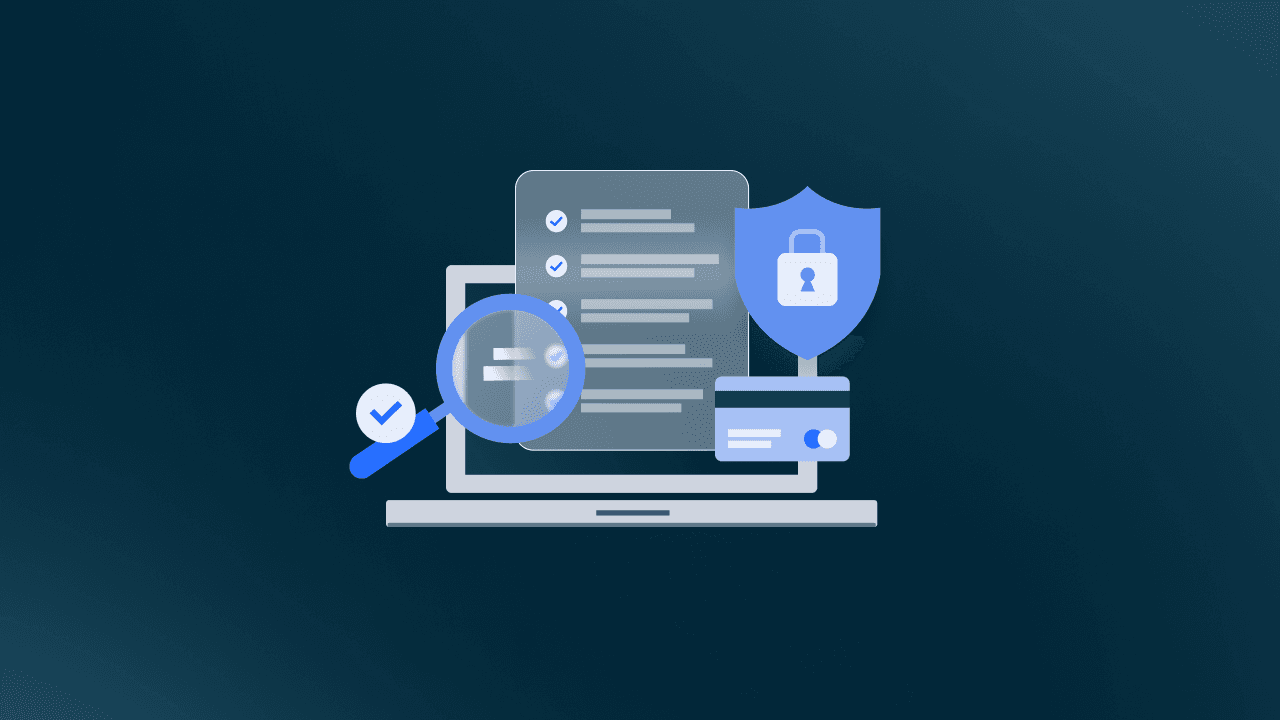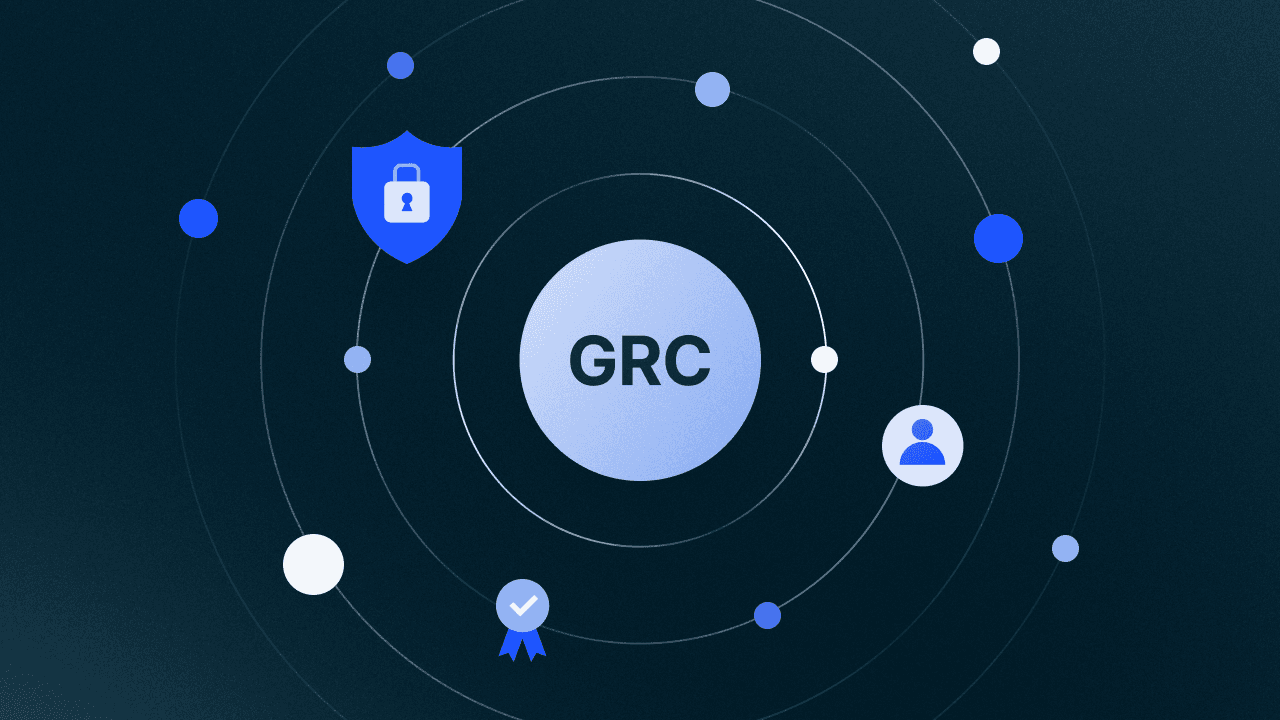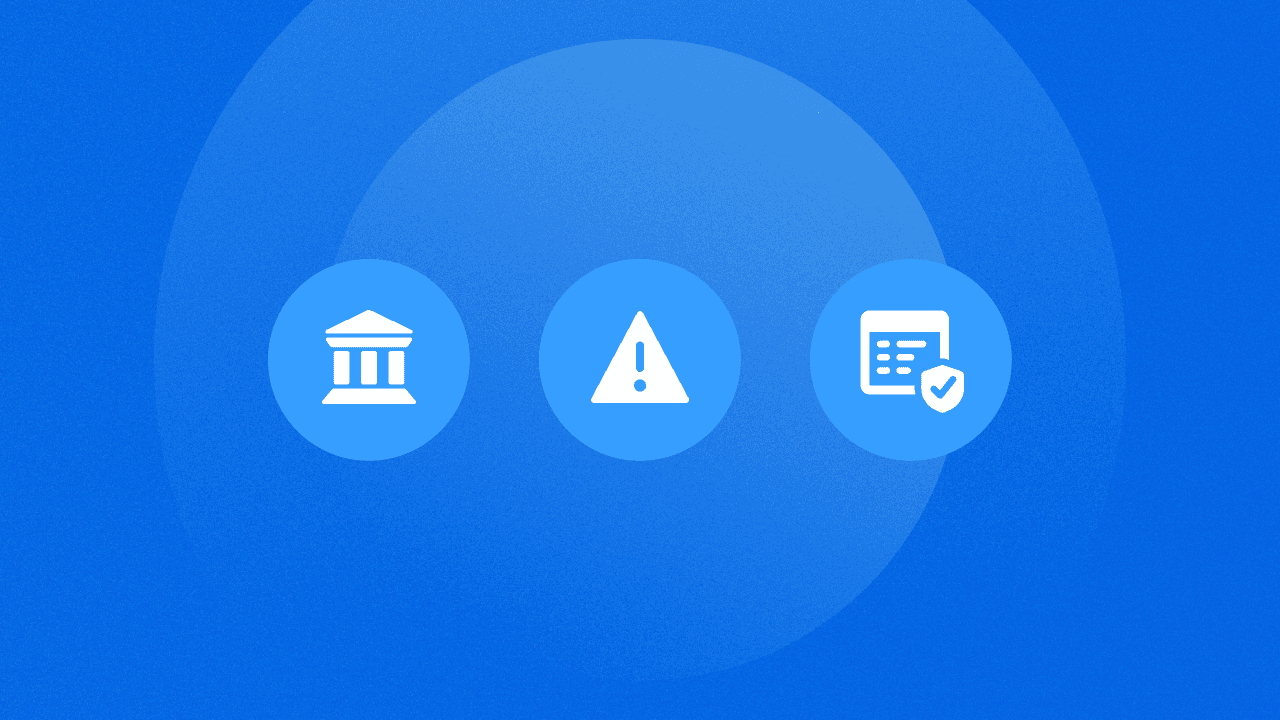Beyond Compliance: How a F500 Global Restaurant Chain Unified Risk, Vendors & Audits with Drata
The largest fast-casual restaurant chain in the U.S., with thousands of locations nationwide, was ready to break free from manual GRC workflows and clunky legacy tools. Here’s how Drata made it happen.
This is part three of a three-part blog series intended for GRC leaders and practitioners to learn from industry-leading companies and their peers about transforming GRC into a business accelerator. Click here to read part one of this series that demonstrates the PCI compliance use case OR here to read part two of this series that showcases the multi-framework compliance use case.
Challenge
Like many organizations, the restaurant chain recognized that compliance is only one facet of GRC – enterprise risk management and third-party risk are equally important. Before Drata, the organization’s risk register and vendor review processes were largely manual or handled in separate systems. Risks were tracked in spreadsheets or in AuditBoard without strong linkage to controls. Vendor security assessments (for software or services the organization uses) were handled through questionnaires via email and stored in SharePoint. This made it difficult to correlate risks to compliance efforts or to ensure remediation plans were tracked.
For example, if an internal audit found a deficiency, there wasn’t a single system to log the finding, assign an action plan, and tie it to the relevant control owner – some of this was done in AuditBoard, some via email follow-ups. Vendor reviews posed a similar challenge: without an automated workflow, business owners often lacked visibility into their vendors’ assessment status, and the security team had to chase down responses.
The organization wanted to mature their risk management by centralizing it and introducing automation. Additionally, emerging needs arose – such as evaluating the risk of new AI-based applications being adopted internally – which begged for a streamlined review process rather than ad-hoc manual analysis.
Drata’s Solution
Drata’s platform includes modules for Risk Management and Vendor Risk Management (VRM), which was deployed to complement the organization’s compliance efforts.
First, the team stood up Drata’s Risk Register module. Drata provided an out-of-the-box library of ~200 common risks, which served as a starting point. The GRC function imported their existing risk entries (e.g. cybersecurity risks, compliance risks) into Drata, each risk record complete with fields like impact, likelihood, owner, and mitigation plans.
Risk visibility linked risks to real-time control evidence.
~200 preloaded risks jumpstarted adoption.
Interactive heatmap replaced static spreadsheets.
The key benefit was that these risk records could now be linked directly to controls and evidence within Drata. For example, if “Data breach” is a top risk, the organization can map it to the controls in Drata that mitigate that risk (such as access control, encryption, etc.) and monitor those in real time. Drata’s risk dashboard gave a heat map of the team’s risks and their treatment status, which was far more actionable than a static spreadsheet. They also utilized Drata’s risk workflow – assigning risk owners and review dates, so the risk register stays up to date with regular reviews.
Next, the team explored Drata’s Vendor Risk Management capabilities. This module allowed them to digitize their vendor security questionnaires and assessments. Instead of sending Excel questionnaires to vendors, the organization could use Drata to send an online questionnaire link. Vendors answer through Drata’s portal, and the responses come back into the team’s Drata tenant for analysis. Drata even leverages AI to summarize vendor responses and flag risks (e.g. if a vendor reports no MFA or recent breaches, the system can highlight it).
Automated vendor workflows replace manual email follow-ups.
AI-assisted analysis flags high-risk vendor responses.
The organization was particularly interested in Drata’s integration with SafeBase, a trust portal for sharing security information.
Moreover, as new risk domains emerged – such as reviewing AI applications for internal use – the team leveraged Drata’s flexible questionnaire builder. They designed an internal questionnaire within Drata to evaluate AI tools for compliance with security and privacy standards. This automated what had been a nebulous process, ensuring any department that wants to deploy an AI app must fill out the Drata questionnaire, which the security team can review and approve through the platform. Overall, Drata became a one-stop system not just for controls, but for managing risks and vendor compliance as well.
Why Drata
Unified GRC Platform (One Hub for Risks, Vendors, and Controls)
A standout advantage was that risk management wasn’t in a silo. Because the organization’s compliance controls and evidence already lived in Drata, adding risk and vendor modules meant everything interlinked. This integrated design is something legacy GRC tools often struggle with or require heavy configuration to achieve.
With Drata, the team could, for example, go to a vendor’s record and immediately see any risks or compliance requirements associated with that vendor. Or from a risk record, they could drill down to see which controls (and their current status) mitigate it. The contextual linking saved time and improved analysis quality – when discussing a risk, everyone saw the same up-to-date information on how it was being handled.
Automation and AI in Assessments
Drata’s approach to questionnaires and assessments uses automation that the team found very compelling. The platform’s ability to send questionnaires via a link and automatically consolidate results (no manual copy-paste from emails) removed a lot of administrative burden. Additionally, the AI-powered summary and risk flags for vendor responses meant the team spent less time reading through lengthy documents and more time focusing on high-risk answers.
~200 vendors managed through automated intake.
Questionnaire responses summarized in minutes, not hours.
Drata even has functionality to automate answering incoming security questionnaires using the company’s own Drata data – something that can turn a days-long task into minutes, which the team was eager to utilize to respond to their clients’ inquiries.
Customizable Risk Frameworks
Every company’s risk management process is unique. Drata provided the team the flexibility to customize risk scoring methodologies, categories, and workflows to align with their internal practices. During the rollout, Drata’s product team worked with the GRC function to accommodate their needs – for example, discussing how to incorporate TOMs (Technical and Organizational Measures) requirements into the risk module, and scheduling sessions with Drata’s risk experts to refine their usage. This level of support and customization ensured that the organization didn’t have to change its risk philosophy to fit the tool; Drata adapted to them.
Scalability to New Use Cases
Drata proved to be not just for traditional vendor questionnaires, but for any kind of review workflow. The organization’s use of Drata to implement an AI application approval process is a prime example. They repurposed the vendor assessment feature to create an internal questionnaire assessing AI tools’ risks (covering data usage, model security, etc.). The ability to spin up a new template in Drata and have it route responses for review – all without any new software – demonstrated Drata’s versatility.
Flexible templates enabled rapid response to emerging tech.
AI risk assessments launched within the existing platform.
Outcome
Incorporating risk and vendor management into Drata delivered a more holistic GRC program for the organization. The immediate outcome was better visibility and accountability for risks. The risk register went from a static document to a living program – risks are continuously monitored and tied to real controls.
Meetings between Security, IT, and Audit now revolve around the Drata risk dashboard, making it easier to prioritize mitigation efforts based on real-time data (e.g., if a high risk is linked to a control that’s currently failing its test in Drata, that gets fast attention).
For vendor risk, the organization achieved a more streamlined and transparent process. Business stakeholders can now track where a vendor’s assessment stands by looking in Drata, instead of emailing the security team for updates. The security team, for their part, handles far fewer repetitive tasks: Drata auto-sends follow-up reminders to vendors, compiles results, and even suggests risk ratings – freeing the team to focus on evaluating the tricky cases.
One notable outcome was when the organization evaluated a new AI-based vendor using Drata – they were able to complete the review quickly and with confidence that all necessary questions were addressed, something that would have been daunting without a formalized process.
Additionally, by having all vendor and risk data in one place, the team can generate insights such as:
Which vendors pose the highest risk.
Which common control gaps are showing up.
How risk scores are trending over time.
These insights support strategic decisions like where to invest in security improvements or which vendor contracts to reconsider.
High-risk vendors flagged automatically.
Trends and gaps tracked across the ecosystem.
In summary, Drata’s integrated risk and vendor management capabilities helped the organization evolve from a reactive, document-centric approach to a proactive, process-driven GRC posture. This not only reduces the likelihood of compliance failures or security incidents but also builds trust with internal and external stakeholders that risks are being managed diligently.





